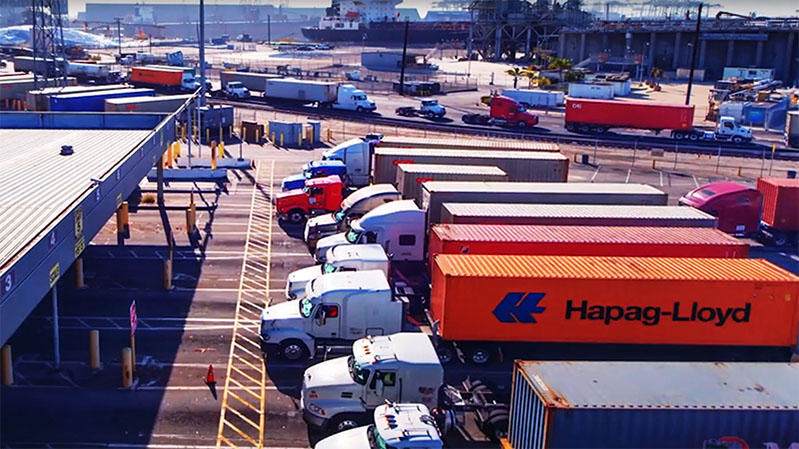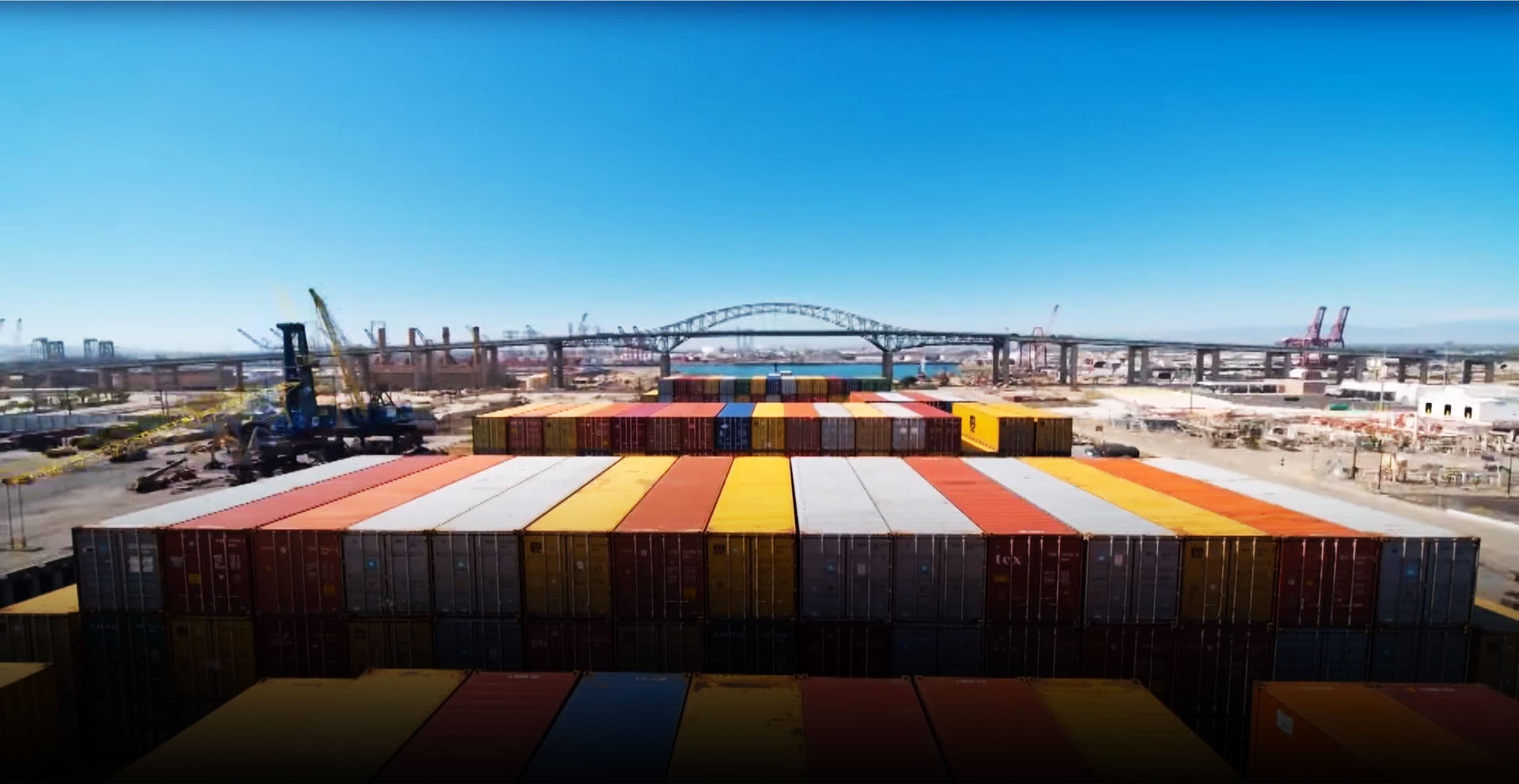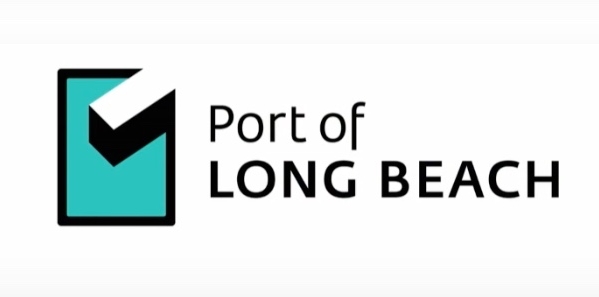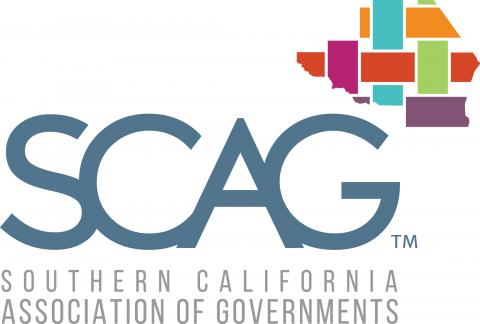Research Projects
Stop the VideoResearch Projects


Deep-Learning Traffic Flow Prediction for Forecasting Performance Measurement of Public Transportation Systems
Project Summary
Project Number: PSR-18-10
Funding source: Caltrans
Contract number: 65A0674 TO 001
Funding amount: $100,000
Performance period: 02/01/2019 to 01/31/2020
Project description
Los Angeles is ranked the most congested city in the U.S. with a typical half-hour commute taking 81% longer during evening peak periods and 60% longer during the morning peak. These traffic congestions result in a large social and economic detriment and raise serious concern for drivers and transportation agencies. Therefore, increasing ridership of public transportations and hence reducing traffic congestions has been one of the primary objectives for transportation agencies and policymakers. Previously, many researchers have worked on estimating historical performance measurements of public transportation systems. Beyond historical performance measurements, accurate predictive analysis of performance reliability helps to manage rider expectations as well as to provide a powerful tool for transportation agencies to coordinate the public transportation vehicles. For the first time, there is a unique opportunity to use data-driven approaches that analyze big datasets collected from transportation systems to understand the factors causing traffic congestions and in turn, help to forecast the performance reliability of public transportation vehicles.
In this project, we developed a deep learning approach for traffic flow forecasting and bus arrival time estimation in Los Angeles. First, we developed a novel Graph Convolutional Recurrent Neural Network (GCRNN) to model and forecast traffic flows at different spatial and temporal resolutions. Our GCRNN model considers not only the location of traffic sensors but also their relationships (i.e., topological dependency) in space, which was critical to achieving the best performance for all forecasting horizons compared to the existing methods. Next, we implemented a Geo-Convolution Long Short-Term Memory (Geo-Conv LSTM) framework to model bus Estimated Time of Arrival (ETA) by incorporating the traffic flow predictions of our GCRNN. Using the real-world traffic sensor datasets archived in our data warehouse, we showed that our proposed bus ETA model is more accurate than the existing method, Gradient Boosted Decision Tree (GBDT), by 27% in estimating bus travel time. Lastly, we deployed both models as web applications so that users can access traffic prediction data and check bus arrival times to a destination location from a starting point.
P.I. NAME & ADDRESS
Cyrus ShahabiHelen N. and Emmett H. Jones Professor of Engineering
3737 Watts Way
Charles Lee Powell Hall (PHE) 306ALos Angeles, CA 90089-0781
United States
[email protected]















